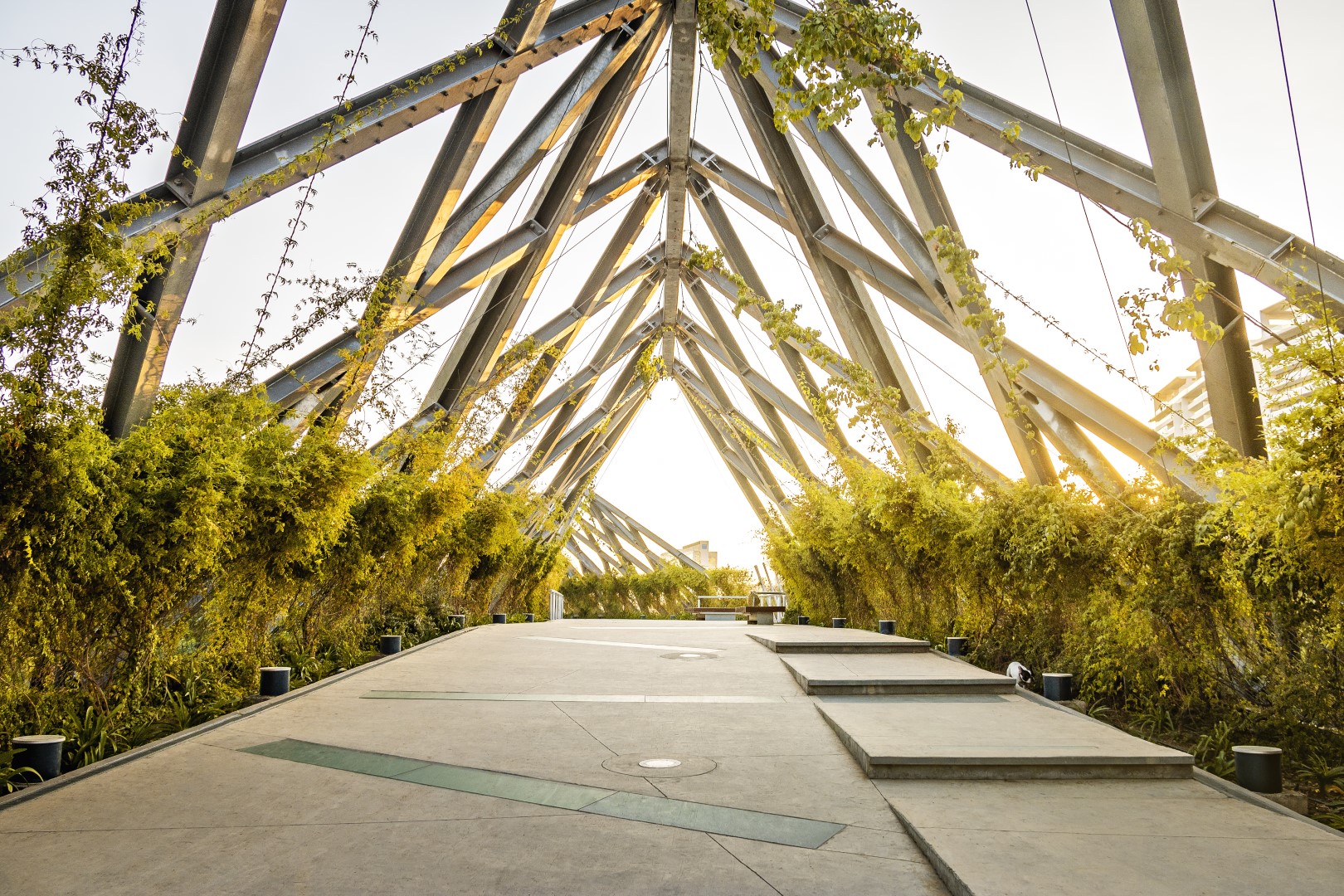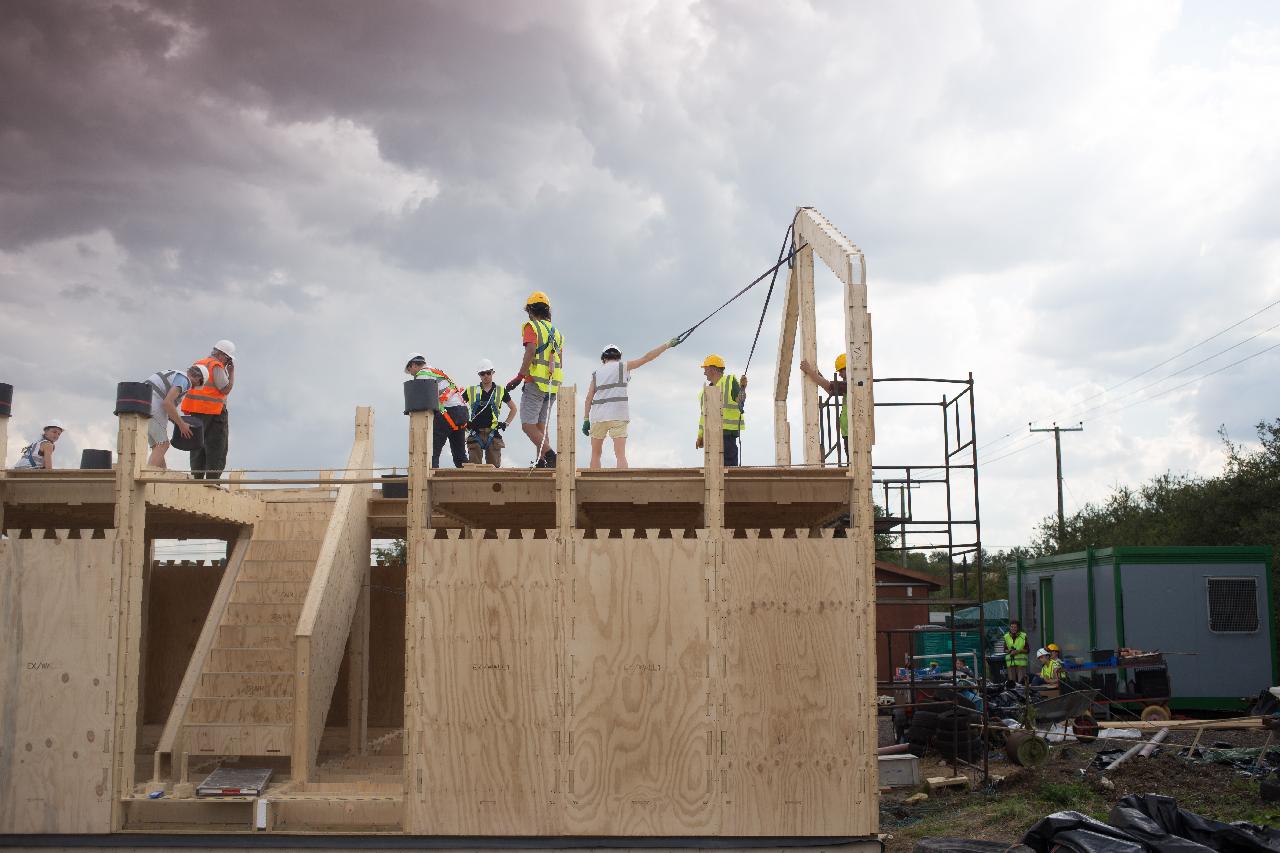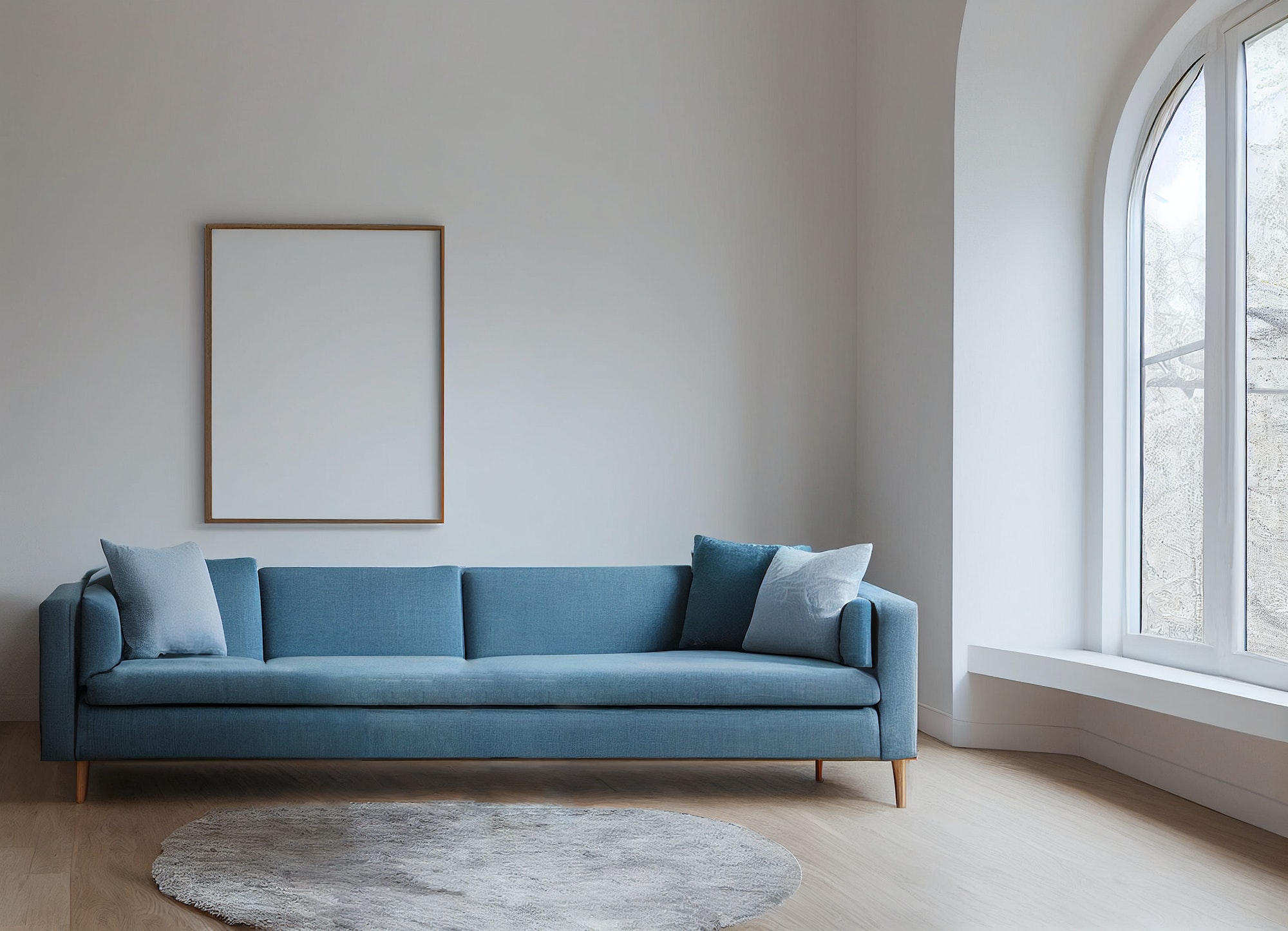Architecture can have a profound effect on people and their mental health, and many of us take trips around the world to immerse ourselves in architectural surroundings that ooze calm and tranquility.
More and more of us are suffering with our mental health, leading many of us into further problems with the likes of addiction. In fact, more people are seeking addiction counselling than ever before and a big part of recovery is surrounding themselves in a calm and stress-free environment. Without knowing it, architecture could well play its part.
But what are the architectural styles that are most likely to boost your mental health?
Biophilic Design
As we all know, stepping out into nature can be hugely influential in our mood and state of mental health. Biophilic design incorporates natural elements into built environments meaning that spaces are adorned with greenery, champion natural light and use organic materials where possible. That helps provide a real sense of calm and rejuvenation, blurring the boundaries between the indoor and outdoor.
Minimalism
Embracing simplicity can be an important trait in people trying to manage and overcome mental health conditions. Minimalist architecture encourages decluttering in both the physical and mental, promoting clean lines, neutral colours and an air of mindfulness. Minimalist spaces have been proven to reduce cognitive overload and allow us to focus on the present.
Scandinavian Design
Given many of our homes are head-to-toe in IKEA these days, it’s perhaps a good thing that Scandinavian design is characterised by its simplicity, warmth and functionality. It evokes a sense of hygge, the Danish concept of cosiness and contentment, with lightly toned woods and the use of natural light promoting a welcoming and harmonious feel to them.
Japanese Architecture
Often influenced by the Zen philosophy, Japanese architecture embodies the principles of simplicity, harmony and mindfulness. Through the spatial arrangements, particularly in its gardens, Japanese architecture helps promote mental clarity and offer spaces for contemplation and introspection, which can really improve a person’s mental health.
Bauhaus
Originating from the Bauhaus School in Germany, this is all about emphasising form and function, blending them together using clean geometric shapes and providing open floor plans that can feel spacious and uncluttered. It’s a style that prioritises efficiency and practicality, reducing key stressors and promoting a sense of stability.
Modernist
The early 20th century brought us modernism, with architects using a range of new materials and technologies. Open floor plans and expansive windows provide a calming and airy aesthetic, again often blurring the lines between indoor and outdoor environments, which can enhance mood and cognitive function.
Passive Design
Finally, if you are looking to find a calm setting in a city or perhaps are looking to build a calming home, passive design principles can also create buildings that are comfortably, healthy and environmentally friendly. They use natural ventilation and are orientated towards sunlight to make spaces naturally well-lit. They’re designed to improve air quality and thermal comfort, allowing people to improve their wellbeing and feel relaxed in their space.
Discover more from Futurist Architecture
Subscribe to get the latest posts sent to your email.




